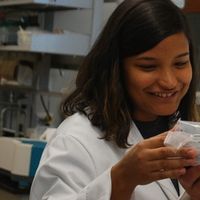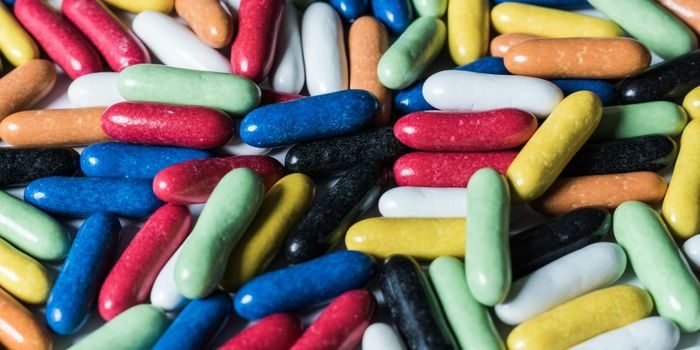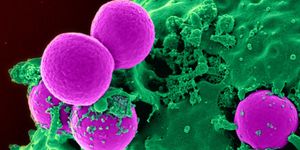Structural Basis of Receptor Recognition by SARS-CoV-2
As mortality and infection rates rise globally, it appears that SARS-CoV-2, the virus responsible for the COVID-19 pandemic, is a veteran at what it does to continue to be active: infect and replicate in humans.
Although it is similar to SARS-CoV, the specific virus that caused the global outbreak of severe acute respiratory syndrome (SARS) in 2002–2003, SARS-CoV-2 has an improved ability for pathogenicity.
But why is it better at infecting people and where did it likely come from? researchers at the University of Minnesota have attempted to answer these questions and have published their results in Nature. They determined the crystal structure of an engineered SARS-CoV-2 receptor-binding domain (RBD) together with its target receptor in the human body (i.e., hACE2) using X-ray crystallography and compared this 3D structure with those of other coronaviruses, mainly SARS-CoV.
One of the findings was that both coronaviruses attach to the same hACE2 protein receptor at the cell surface of specific human cells for pathogenesis. There was an overall structure similarity in their binding, which supports a close evolutionary relationship between the two viruses. However, the degree of how well they attached to hACE2 was different based on their biochemical structure.
“The 3D structure shows that compared to the virus that caused the 2002-2003 Sars outbreak, the new coronavirus has evolved new strategies to bind to its human receptor, resulting in tighter binding,” said Professor Fang Li, the corresponding author, to the Guardian
The researchers found that SARS-CoV-2 has a tighter binding affinity for this receptor than SARS-CoV, shedding light into why it is so efficient in contaminating humans. There are structural mutations in the structure of spike proteins that make the hACE2 binding ridge in SARS-CoV-2 more compact. This allows SARS-CoV-2 to have enhanced binding to hACE2 and be more infective.
Another structural feature that allows for the high binding affinity of the virus is that the two virus binding hotspots in SARS-CoV-2 required for binding to hACE2 contain structural changes that improve its stabilization, making the binding more stable and thus more favorable.
With their collected data, the authors could also shed light on the potential origins of the COVID-19 virus. Bats have been considered the main source of SARS-CoV-2 because their type of coronavirus (RATG13) is genetically similar. In this study, they found that, like SARS-CoV-2, the bat virus binds to the same human receptor, and one possibility is that there is no intermediate host, such as if the virus went to a pangolin and then to humans.
However, the authors did compare the determined 3D structure of the SARS-CoV-2 binding site with that of two coronaviruses derived from pangolins at different locations in China and found that only the coronavirus of the pangolin from Guangdong (CoV-pangolin/GD) could potentially transmit coronaviruses to humans if it indeed happened via an intermediate host.
These important findings indicate that neutralizing monoclonal antibodies could be used to target SARS-CoV-2 and prevent its binding to human cells along with using the specific binding site of SARS-CoV-2 for vaccine design.
If a new antibody-drug can bind to those sites on the virus more strongly and frequently than the receptor, it will block the virus out of cells, making it a potentially effective treatment for viral infections,” said Professor Li.









